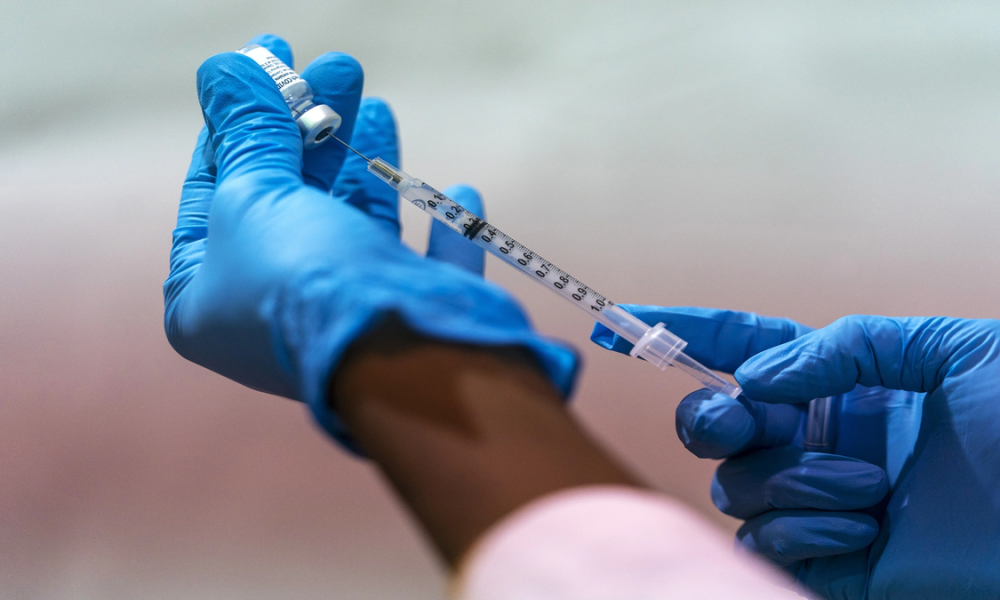The Democratic Republic of Congo is facing its second biggest outbreak of the Ebola virus and international agencies are struggling to control it.
What We Know:
- The World Health Organization reported that since August 2018, ebola has infected 2,168 people and killed 1,449 as of Monday. The viral disease spreads through contact with bodily fluids, causing hemorrhagic fever with severe vomiting, diarrhea and bleeding.
- Between 2014 and 2016, the virus caused over 11,300 deaths in West Africa. The number of Ebola deaths has risen by 45 percent since the start of the year. It has gone from 370 in January to 537 in February. At least 22 of the people who died were health workers.
- People are seeking refuge in neighboring countries like Uganda. Although the outbreak is centered in North Kivu, government data shows that around 10 percent of the infections and deaths have occurred in Ituri and last week it spread into Uganda.
- United Nations said on Tuesday that since early June, more than 300,000 people have fled the Ituri province which borders Uganda and South Sudan. As a result, there has been an increase in violence between rival communities in northeastern parts of DRC, making it difficult for health officials to trace and treat patients at risk from the disease.
- Health officials fear that reports of killings, kidnappings and sexual violence could cause more people to leave the Congo, including those who might be carrying the Ebola virus.
- World Health Organisation spokesman Tarik Jasarevic said, “Every time you have people moving in high numbers, it is more complicated to do the work of contact tracing, and to follow up on the people who are supposed basically to be observed on a daily basis for 21 days.”
On Friday, the WHO decided not to declare the outbreak an international emergency despite its spread to Uganda, saying it could cause too much economic damage.



